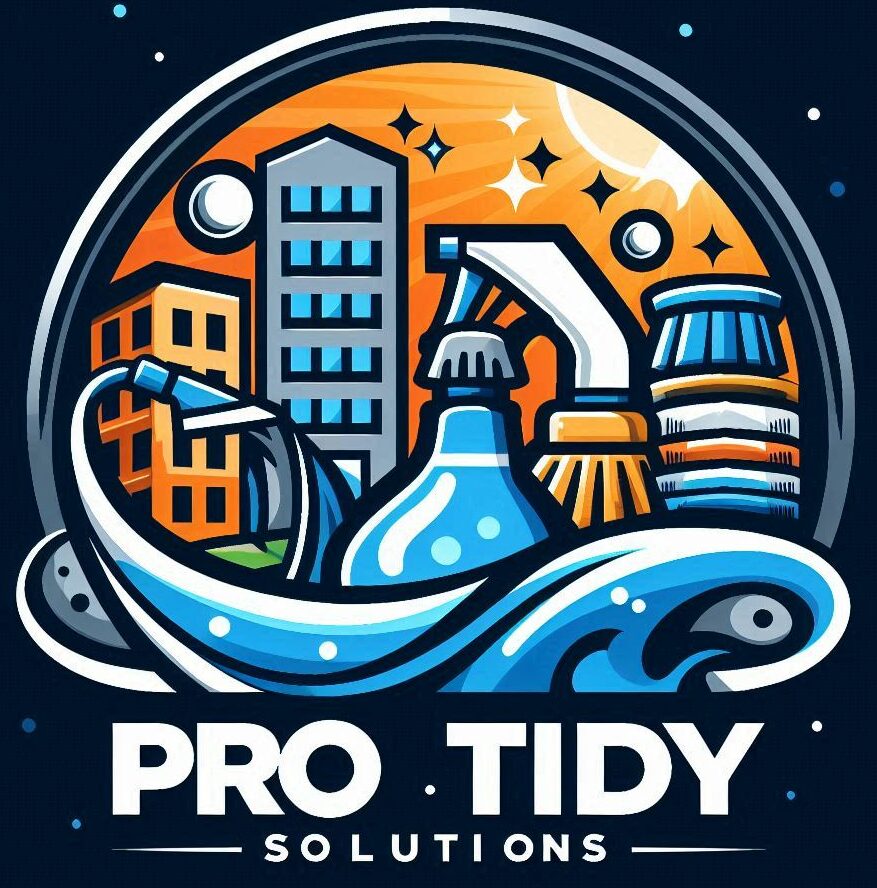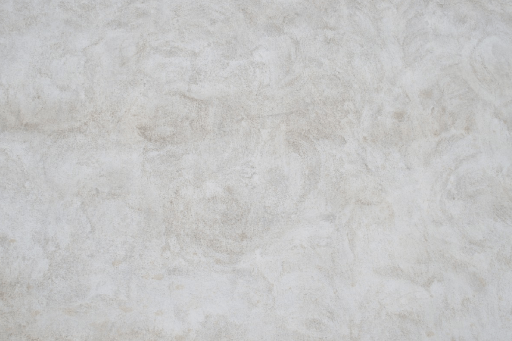Conventional cleaning products might seem effective, but they often come with a significant environmental toll. Many of these products release volatile organic compounds and other pollutants that can harm ecosystems and contribute to air and water quality issues. Transitioning to eco-friendly cleaning solutions helps reduce this impact, making our planet a little greener.
Businesses today are increasingly aware of their environmental footprint. With climate change and sustainability on everyone’s radar, companies want to align their day-to-day operations with these values. Utilizing green cleaning alternatives becomes a natural choice for those dedicated to sustainability and corporate responsibility.
Beyond environmental concerns, the health of employees is a critical factor. Traditional cleaners can leave residues that might lead to allergies, skin irritations, or respiratory problems over time. Eco-friendly options minimize these risks by reducing exposure to harsh chemicals, promoting a healthier workplace environment.
For anyone worried about costs, eco-friendly doesn’t necessarily mean more expensive. In many cases, sustainable products can lead to long-term savings. These products often require less quantity per use and can double as multi-purpose cleaners, reducing the need for a wide array of expensive specialty products. Embracing green cleaning doesn’t just favor the environment and employee health but can be financially savvy too.
Ingredients Matter: Choosing Natural Alternatives That Work
Sorting through the many options of green cleaning products can be overwhelming, especially if you’re new to all this. Knowing what to look for on the labels is key. Eco-friendly products often highlight ingredients that are plant-based, biodegradable, and non-toxic. Avoid products with vague terms like ‘fragrance’, which can mask harmful chemicals.
Natural disinfectants like hydrogen peroxide and tea tree oil offer effective sanitization without the environmental and health risks of traditional chemicals. They’re great at killing germs while being kinder to skin and lungs — pretty neat, right?
Simple household items like vinegar and baking soda aren’t just for cooking or baking; they pack quite a punch when it comes to cleaning. Vinegar works wonders on glass and stainless steel, leaving streak-free shines, while baking soda tackles tough stains and odors.
Even small changes can make a meaningful impact. Switching out conventional glass cleaners with ones made of water and essential oils, or choosing biodegradable sponges over plastic ones reduces your workplace’s reliance on products that harm the planet. These incremental steps accumulate, driving bigger changes in how your office impacts the environment.
Implementing Eco-Friendly Cleaning Practices in Your Workspace
It’s not just about swapping products; it’s about integrating eco-friendly practices into your daily routine. Start by crafting a sustainable cleaning plan custom-made for your office’s needs. This doesn’t have to be complex, just a clear guideline on what products to use and how often to clean each area.
Educating and training your staff on green cleaning methods is crucial. This isn’t just training; it’s a chance to foster a culture of health and sustainability at work. Provide them with information on why these changes matter and how they can contribute to a healthier environment.
Cutting down on waste is tied directly to your cleaning practices. Opt for reusable microfiber cloths instead of single-use wipes and ensure you have a recycling system in place for any cleaning material packages or containers that can’t be reused.
If outsourcing, partner with cleaning services that share your eco-friendly goals. Ask them about their products and methods, and make sure they’re compliant with your sustainability standards. This collaboration ensures that your efforts don’t stop at your office’s door.
Measuring Success: Evaluating the Impact of Eco-Friendly Cleaning
Seeing the effects of your eco-friendly practices starts with monitoring the health and productivity improvements among your employees. Fewer sick days and a noticeable boost in atmosphere can be immediate benefits of a healthier workspace.
Regularly assess the reduction in your environmental footprint. This means not just counting the number of natural products used but also considering reductions in resource usage, like water and electricity, from opting for smarter cleaning solutions.
Feedback plays a critical role in ensuring that the transition goes smoothly. Periodically ask employees for their thoughts on the new cleaning practices and products. They might offer insights into tweaks and improvements, making the process inclusive and effective.
Make a point of celebrating your business’s progress in sustainability. Recognizing and rewarding milestones keeps morale high and encourages continual commitment to eco-friendly practices. It’s not just about numbers, it’s about creating a culture that values and thrives on sustainability.


The point about educating staff and fostering a culture of sustainability stands out. It’s a reminder that real change happens when everyone understands and supports the goal. Additionally, measuring success through health improvements and environmental impact helps businesses see the tangible benefits of their efforts, reinforcing their commitment to greener practices.
this article makes a compelling case for how small, thoughtful changes can create healthier, more sustainable workspaces. It’s a great read for any business aiming to align operations with environmental responsibility and employee care.
Hi,
Thank you for your feedback. Educating staff and fostering a culture of sustainability is key to making real, lasting change. When everyone is on board and understands the goal, it creates a unified effort towards a greener future. Measuring success through health improvements and environmental impact not only shows tangible benefits but also reinforces the commitment to sustainable practices.
-Jay